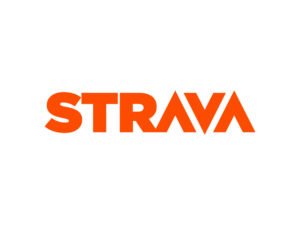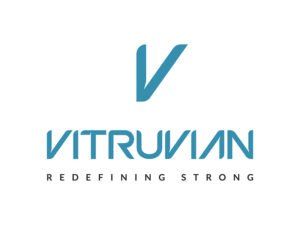Fitness Tech
Insights
Market Players




























Personalised Wellness Through AI, Wearables, and Web3
In 2024, fitness technology promises seamless, personalised experiences. Wearables continue to revolutionise personal health and fitness with enhanced features in real-time health monitoring, sleep analysis and stress management through biometric feedback. New developments include continuous glucose monitoring (CGM) tracking metabolic health for non-diabetics, and a heightened focus on women’s health based on hormonal cycles and pregnancy. These enhanced biomarkers in wearables allow users to optimise training quality, performance and overall well-being. Holistic insights on nutrition tracking is anticipated. More fitness apps and smart gym equipment leverage AI, enhancing “coaching intelligence”, introducing features like automatic weight or resistance adjustments and real-time form correction. Augmented (AR) and virtual reality (VR) integration in equipment continue to keep workouts engaging and immersive. Social-concept and Web3-integrated fitness apps on the rise fosters new avenues of interaction and promote connectivity among users while working out remotely. Moving forward, continual growth in the global market and investment for wearables, advancing AI-powered equipment, applications and Web3 integration in facilities is imminent.
Jay Worthy
Group CEO
Myzone

2024 will likely be remembered as the year of AI with the wide scale adoption of Generative AI technologies. For our industry, it is not yet totally clear what that will mean, but for Myzone partners, in 2025 and beyond, we believe it will enable hyper-personalisation and meaningful insights to unlock greater impact. Following the global pandemic in 2020, consumer wearables are now ubiquitous, and consumers are much more aware of their overall wellbeing and thoughtful about longevity. So that means moving beyond data for data’s sake and driving meaningful fitness and health experiences which guide users each day, leveraging the insights from their wearables. In 2025, I expect to see health and fitness continuing to converge, with a particular emphasis on driving long term behaviour change through the simplification of health data.


2024 marks a paradigm shift in health optimization as consumer-driven wellness starts its descent to disrupt traditional healthcare models. Biohacking moves mainstream, propelled by breakthrough longevity research and democratized diagnostic tools. Wellness venues like Othership are reinventing community fitness with high-production breathwork and contrast therapy, while decentralized health clinics leverage precision medicine and advanced biomarkers. The quantified self movement accelerates as consumers weaponize personal health data through wearables and normalize interventions, from peptides to GLP1s. Women’s health tech emerges as a market force, backed by unprecedented and necessary research investment and product innovation. The appetite for transformative experiences intensifies post-pandemic, driving demand for extreme fitness challenges and high-stakes adventure programming like Everesting. This convergence of science, technology, and experience-driven wellness signals fundamentally restructuring how consumers approach health optimization. 2025 promises to be a cracker.

Emma Barry
Chief of Trouble
Trouble Global
Nerio Alessandri
Founder & CEO
Technogym

Wellness, as a consumer trend, has never been so strong. Exercise is Medicine: people all over the world are increasingly aware on the benefits of regular physical exercise and more and more are adopting a wellness oriented lifestyle. Technogym, over the years, thanks to its continuous investment in innovation has developed a unique ecosystem to offer end-users fully personalized experiences for fitness, sport and health. Within our ecosystem strategy we will continue innovating both on the connected equipment side and on the digital technologies side with AI, interactive training content and personalized solutions.



Phillip Mills
Founder & Executive Director
Les Mills International

